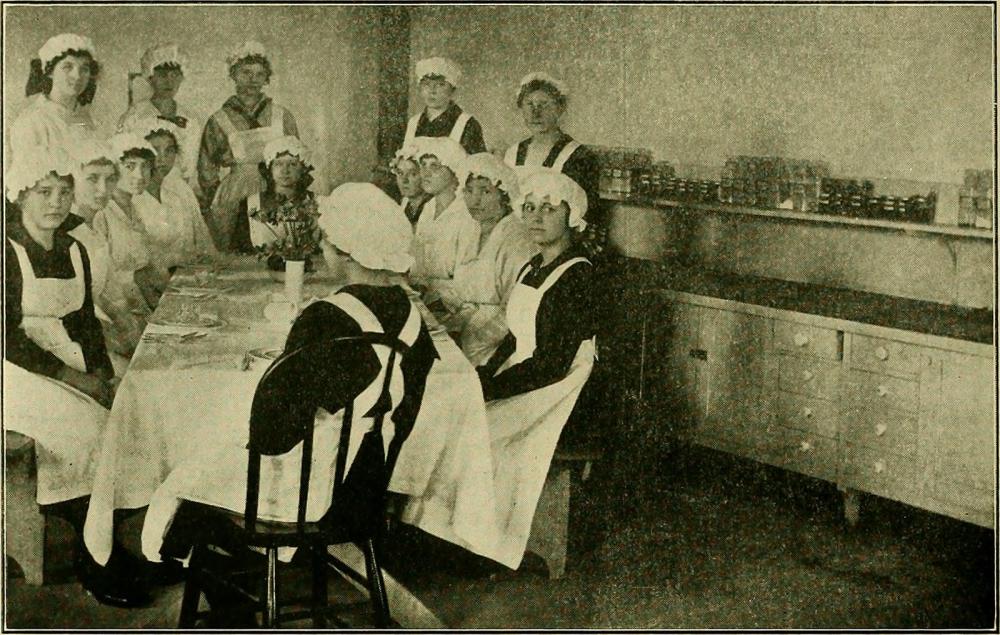Women, Gender and Paid Work in Britain since c. 1850

This paper enables students to explore change and continuity in women’s working lives in Britain since the mid 19th century.
This period witnessed a set of wide-reaching transformations in the character of the British economy and state, in the size and shape of the family and household, and in ideologies of feminism and sexual politics, all of which affected women’s status in the labour market in profound ways. By the end of the twentieth century, recorded employment rates amongst women were dramatically higher than a hundred years previously, women’s presence in senior-level professional and managerial posts was considerable, and combining paid work with motherhood had become increasingly commonplace.
Yet this paper does not advance a simplistic story of linear ‘progress’ towards women’s workplace equality. Students will grapple with a rich set of complex and contested narratives, from struggles over pay, occupational sex-typing and childcare, to the impact of two world wars, anti-discrimination legislation and feminist activism in all its varieties. The paper will explore diverse histories of women’s wage-earning as shaped by class, marital status, age and ethnicity, as well as the dynamics of regional labour markets and occupational ‘traditions’. By adopting gender as a tool of analysis, we will examine how women’s paid work has acquired its meaning in relation to normative ideas about the primacy of men’s careers and earnings, as well as assumptions about what constitutes ‘male’ and ‘female’ work.
In addition to lectures and supervisions, four two-hour classes will invite students to reflect on the different lenses which historians have adopted in order to recover and interpret women’s paid work, from official statistics and social investigation to representations in popular culture and women’s own life writing and oral testimonies.
Image: Domestic Science class in 1916.
